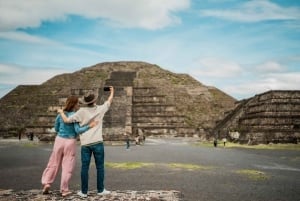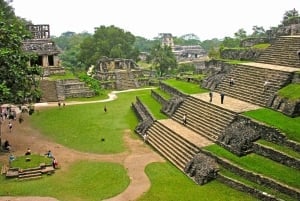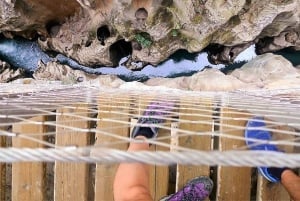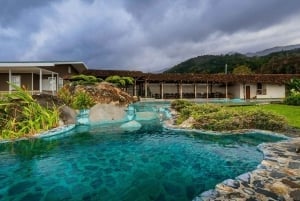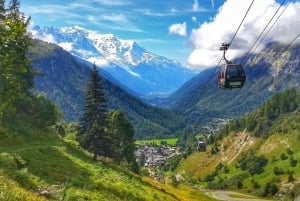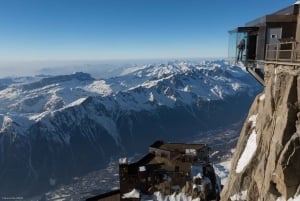Chamonix Climbing Guide
Whether you are new to rock climbing or a seasoned alpinist, Chamonix is a perfect destination. There are some great fully equipped crags, offering a wide selection of routes from absolute beginner to challenging overhangs and miniscule grips. There are also some beautiful and accessible rock climbing itineraries high in the mountains that are still fully equipped and easily accomplished by a confident climber with moderate skill. And of course there are many multi-pitch, even multi-day climbing routes to challenge the serious and accomplished climber and mountaineer.
If you are new to climbing, there are many opportunities for you to try this thrilling sport in total safety and confidence. The numerous climbing schools and guides in Chamonix have regular classes that you can join for a one-off session or for a week of training, and all the equipment you will need is available for rent or purchase in the valley. It is strongly recommended to learn with a qualified guide, who can ensure not just your safety, but also maximize your enjoyment.
We have put together a general guide to some of our favourite beginner to intermediate level rock climbing crags and routes in the valley, which you can read below. There are also many, many more itineraries within the valley that are not detailed here. In our guide, we have tried to include areas that are also pleasant for non-climbers, so you can give it a go even if not everyone in your group wants to participate. There are also great areas for families. There are some excellent guidebooks available that give details on more challenging routes for skilled climbers and mountaineers.
What you will need
Rock climbing is a safe sport if you have the right equipment, and know how to use it.
The essentials are:
- Rope (length required will depend on the route you are going to do. Generally, a 60m rope will allow you to climb most routes on the crags we have listed)
- Climbing harness (make sure it fits well)
- Climbing shoes (whilst you could climb some basic routes in trainers, you will notice a huge difference with proper climbing shoes which have excellent grip, and are specially shaped to be able to fit in all types of spaces)
- 10-12 quick-draws
- Belay device (eg. Reverso, Grigri, fig 8)
- Screw gate carabiner
- Crash pad (for bouldering only)
Other highly recommended pieces of kit are:
- Helmet (to protect from falling stones, especially on busy crags)
- Chalk bag
- Slings
- Stoppers
You can rent harnesses, climbing shoes and helmets from the sports shops in the valley. The rest of the security equipment (ropes, belay devices, quick-draws etc) cannot be rented for safety reasons. You should therefore bring these with you, or be prepared to buy or borrow them. Another alternative if you do not have your own equipment, is to climb with a climbing school or take a guide.
Click on the links below for more information on some of our favourite spots.



